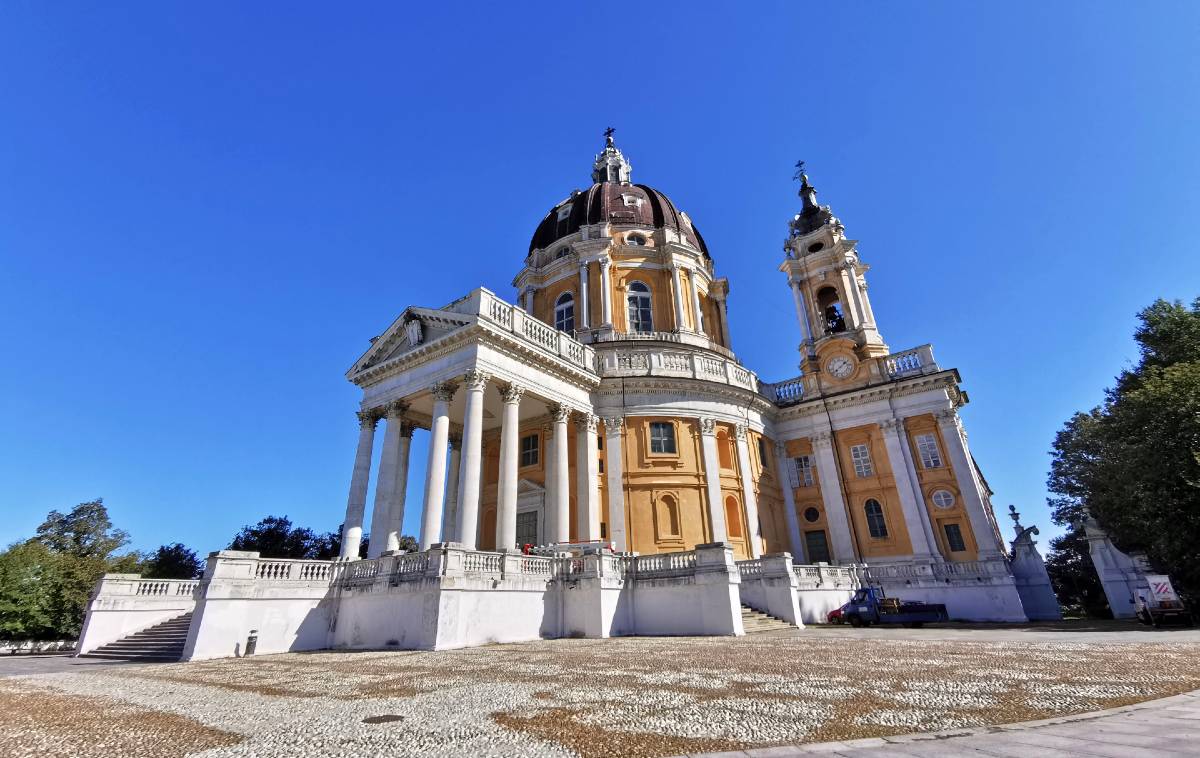
La Basilica di Superga a Torino un tesoro settecentesco da scoprire
Tha Basilica di Superga is located on a small mountain in Turin. We tried to get to the basilica via a tram, located at the base of the mountain.. Palazzo Reale Di Torino. 4,292. Historic Sites • Points of Interest & Landmarks. Open now • Centro. 2023. Santuario Basilica La Consolata. 1,619. Religious Sites. Centro. 2023. Real Chiesa di.
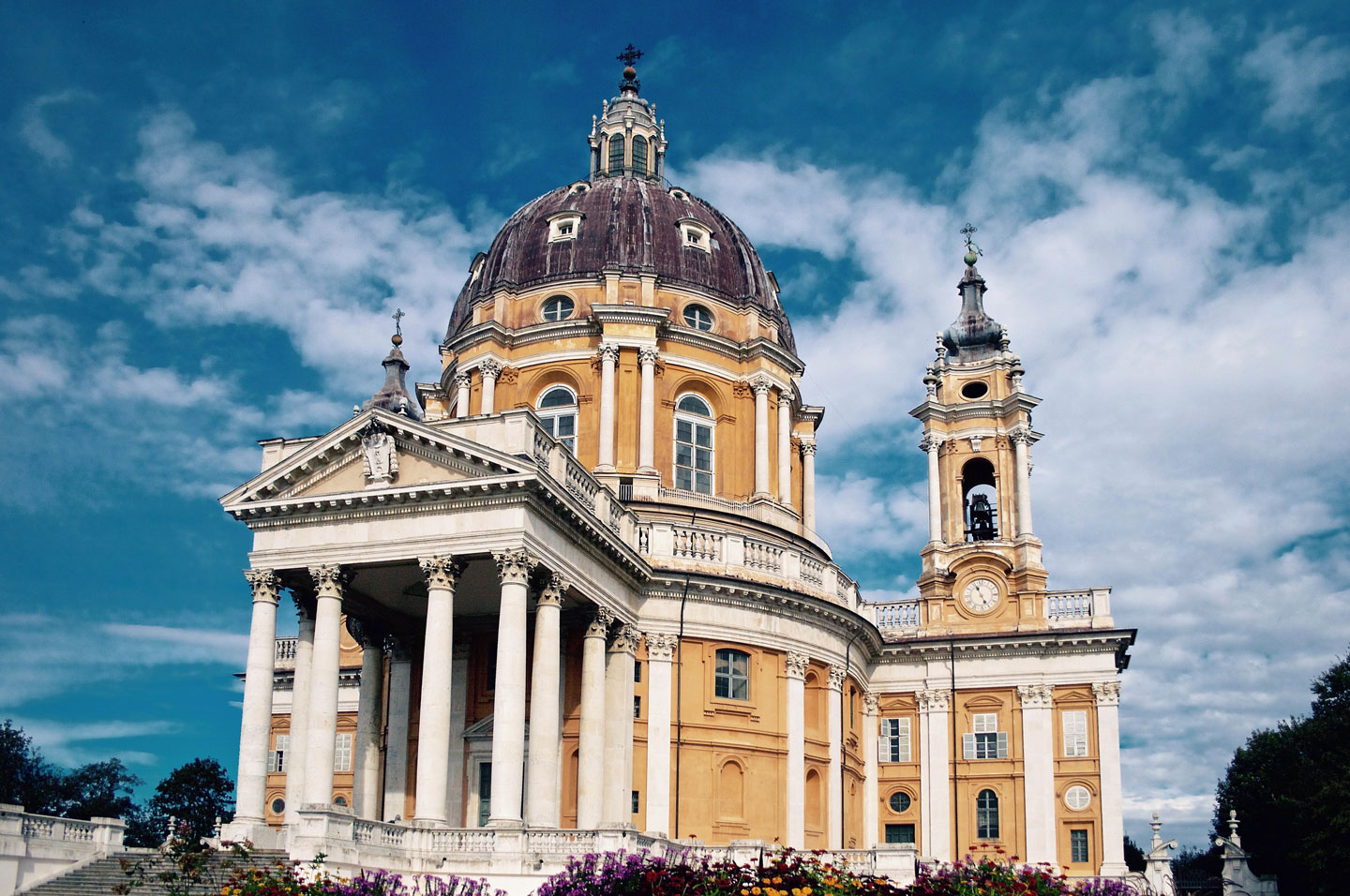
Basilica of Superga
Str. Della Basilica di Superga, 75 10132 Torino. Using bus and public transports. From City Center. From Castello Square: line 15 direction Sassi. Strada Basilica di Superga 73 - 10132 (TO) Tel. (+39) 011/8997456 [email protected]. Cookie Policy

Basilica di Superga, Torino. r/italy
The Shrine of Our Lady of Grace of Superga. The Duke's vow. A very careful architect. The Basilica today. The Basilica is dedicated to Our Lady of Grace, whose wooden statue is kept in the Chapel of the Vow. On the hill, as early as 1461, well before the Basilica was built, there was a small church, the parish for the faithful of the place.
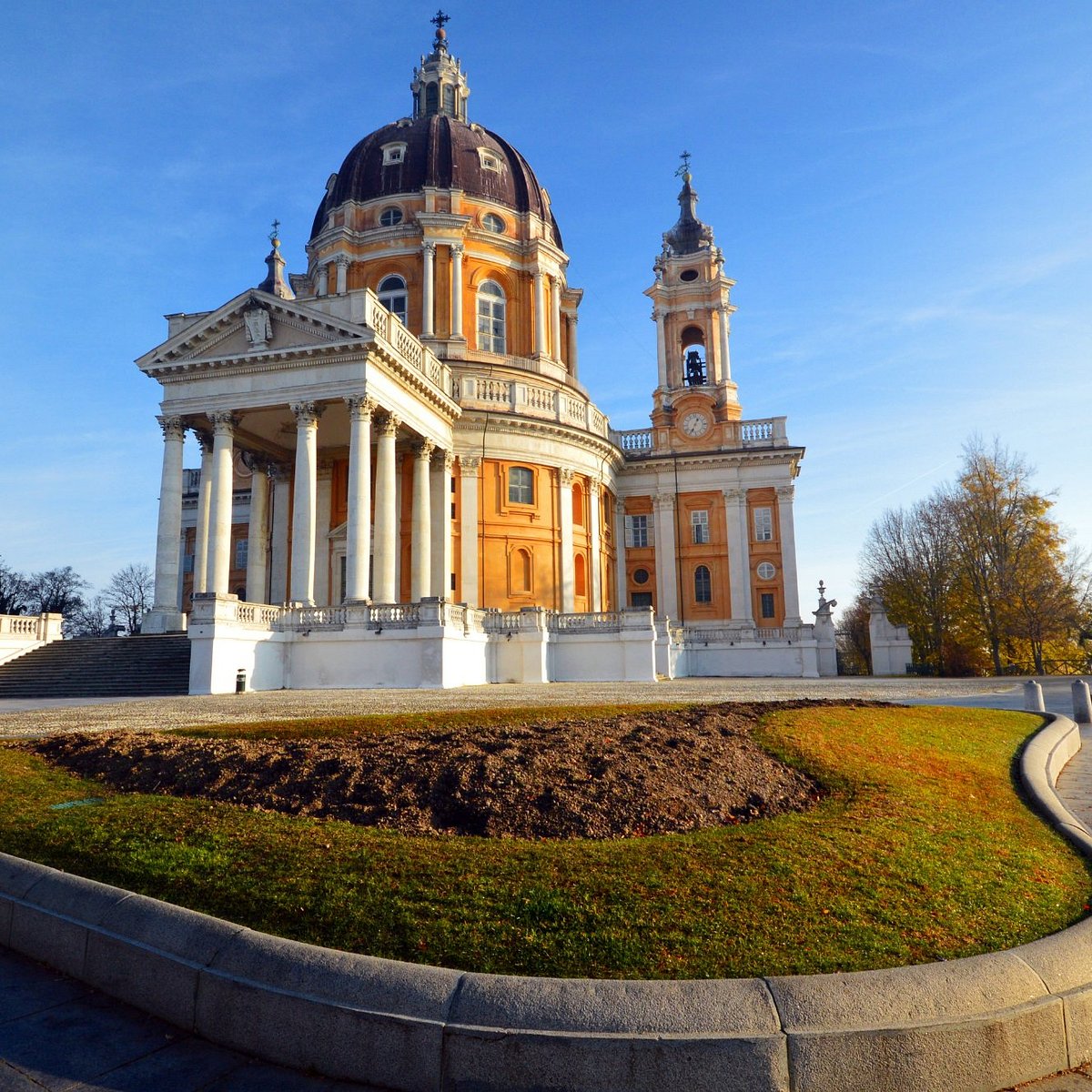
Basilica di Superga (Turim) Tripadvisor
26 reviews of Basilica di Superga "The Basilica di Superga towers high above Turin and is not just a landmark, but can also be a useful navigational aid.. Great spot to take in gorgeous architecture and an epic view of Torino. There is a memorial for the Superga air disaster behind the building. In 1949 a plan crashed carrying the Torino.

Basilica di Superga Torino HDR creme
BASILICA DI SUPERGA - CHIESA. Designed and executed by Filippo Juvarra in 1717-1731, this basilica is dedicated to the Nativity of Mary and holds the tombs of the House of Savoy. According to tradition, it was commissioned by Vittorio Amadeo II in fulfilment of vow taken if there victory against the French, achieved in 1706.

Basilica Superga Torino Turin Italy, Piedmont Italy, Ancona, Europe, Reggio, Basilica, Italy
Da Politecnico di Torino Dipartimento Casa-Città, Beni culturali ambientali nel Comune di Torino, Società degli Ingegneri e degli Architetti in Torino, Torino 1984: BASILICA DI SUPERGA Superga Chiesa e convento. Edificio di valore storico-artistico e ambientale, singolare opera dell'arch.

Basilica di Superga Torino Italian architecture, Baroque architecture, Piedmont italy
La Basilica venne fondata dal duca Vittorio Amedeo II di Savoia dopo l'assedio e la battaglia di Torino del 1706. Prima dello scontro decisivo Vittorio Amedeo II e il cugino Eugenio di Savoia - Soissons, salirono sul colle di Superga per vedere dall'alto lo schieramento delle truppe nemiche e scegliere la migliore strategia per liberare Torino dall'assedio.
Vale il viaggio Basilica di Superga (Torino)
Gruppo Torinese Trasporti operates a bus from Fermata 2685 - SASSI CAP to Fermata 2691 - BASILICA DI SUPERGA CAP hourly. Tickets cost €2 and the journey takes 12 min. Bus operators. Gruppo Torinese Trasporti Phone 800-019152 Website. Maxi Taxi Torino Phone +39 339 855 5887.
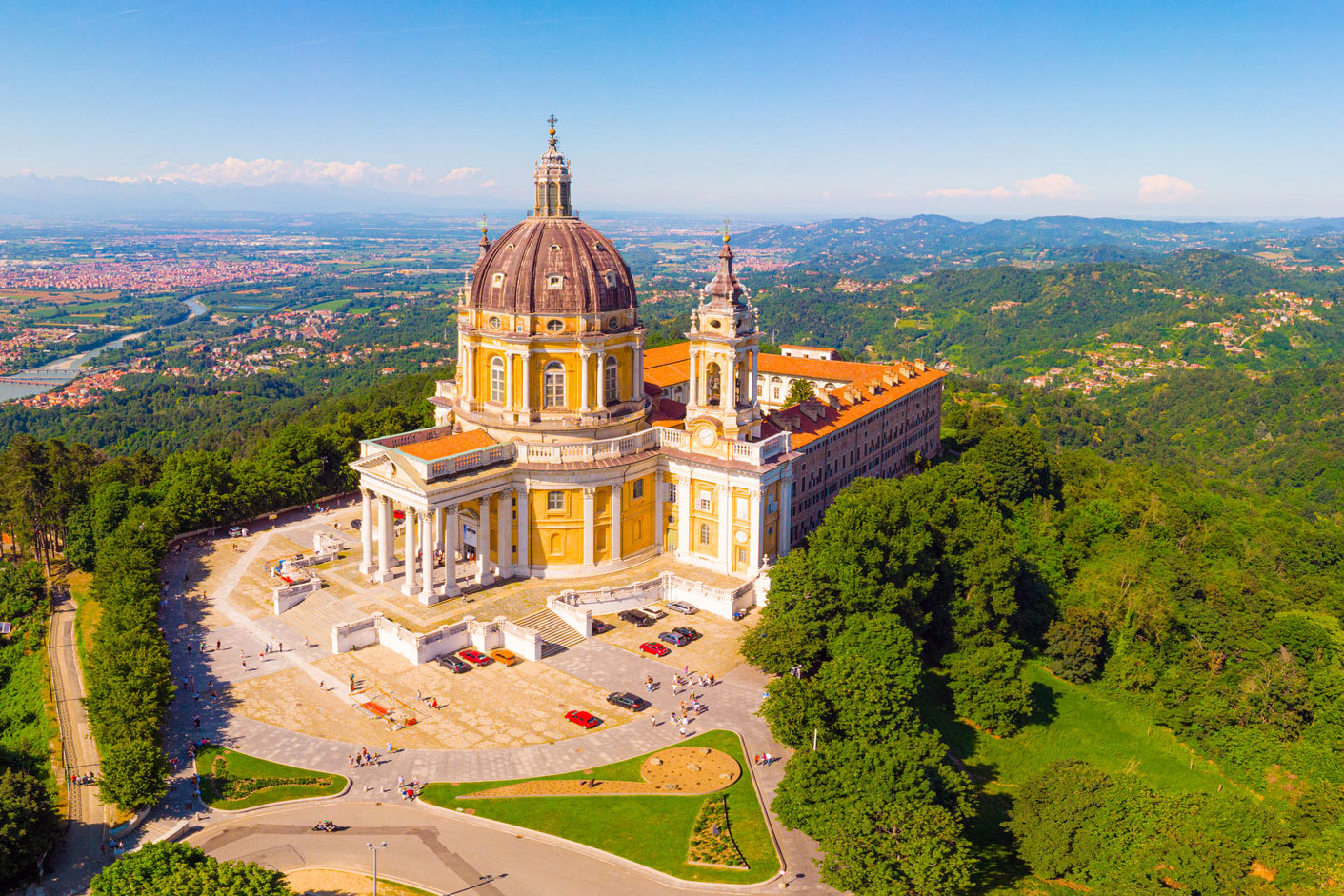
La Basilica di Superga, un capolavoro di arte e storia Gite Fuori Porta in Piemonte
The Basilica stands 75 metres high from ground level to the tip of the Cross, is 51 metres long inside and 34 metres wide. The inside is completed with rich chapels adorned with stuccoes, marbles and precious sculptures and paintings.The bas-relief representing the Blessed Amedeo of Savoy and the 1706 battle of Turin by Bernardo Cametti (1773.

La Basilica di Superga di Torino tra storia e tragedia Mole24
By tram and rack railway. The best way to get to Superga is to take the number 15 city tram from Piazza Castello, stop 471 Castello . Ride the tram for 22 minutes and get off at stop 589 Sassi-Superga. There, head inside to buy your tickets for the rack tramway which takes about 15 minutes to get to the top.

BASILICA DI SUPERGA TORINO Concorso fotografico Monumenti d'Italia
La Basilica di Superga nasce per volere del Duca Vittorio Amedeo II, a seguito di un voto fatto alla Madonna delle Grazie nel 1706, durante l'assedio dei Franco-Spagnoli in Piemonte. La costruzione della Basilica si deve a Filippo Juvarra, architetto messinese di Casa Savoia. Il complesso barocco, inaugurato nel 1731, è alto 75 metri, lungo.

Torino dall'alto la Basilica di Superga Piedini in viaggio
Superga hill in 2004. Superga is a hill situated on the south bank of the river Po to the east of Turin in north-west Italy. At 672 metres (2,205 ft) above sea level, it is one of the most prominent of the hills that ring the city. Superga is known for the Basilica of Superga and its royal crypt, which is the traditional burial place of members of the House of Savoy; for the Superga Rack.

BASILICA DI SUPERGA Luogo FAI
Opening hours of Basilica di Superga. Superga Basilica is open daily from 10 am to 1.30 pm and in the afternoon from 2.30 to 7 pm (until 5 pm in winter). On Sunday is open from 10 am to 7 pm (until 6 pm in winter). The visiting hours for the Savoys tombs are every day from 10.30 am to 1.30 pm (last entrance 1 pm) and 2.30-6 pm (last entrance 5.15).
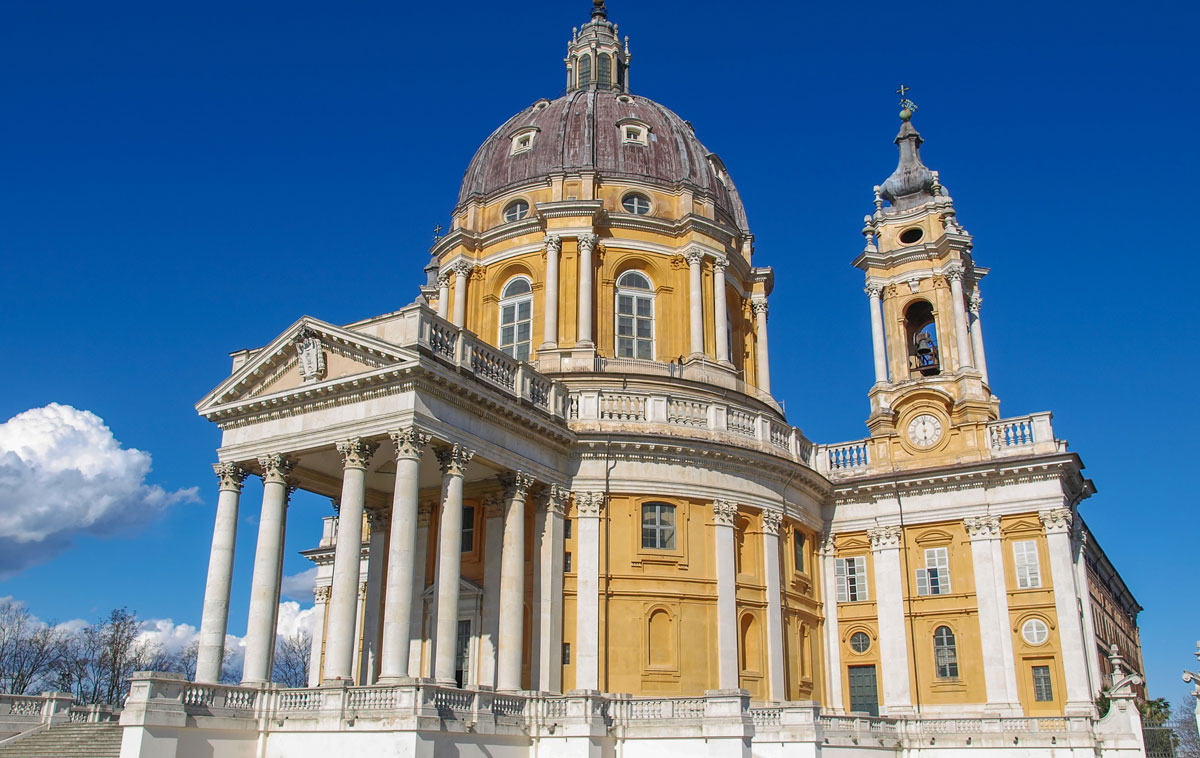
Basilica di Superga colazione in un’antica Sala Panoramica e visita alle Tombe Reali e alla
Basilica di Superga. Turin, Italy, Europe. Turin. Vittorio Amedeo II's 1706 promise, to build a basilica to honour the Virgin Mary if Turin was saved from besieging French and Spanish armies, resulted in this wedding cake edifice, built on a hill across the Po river. Architect Filippo Juvarra's Basilica di Superga became the final resting place.
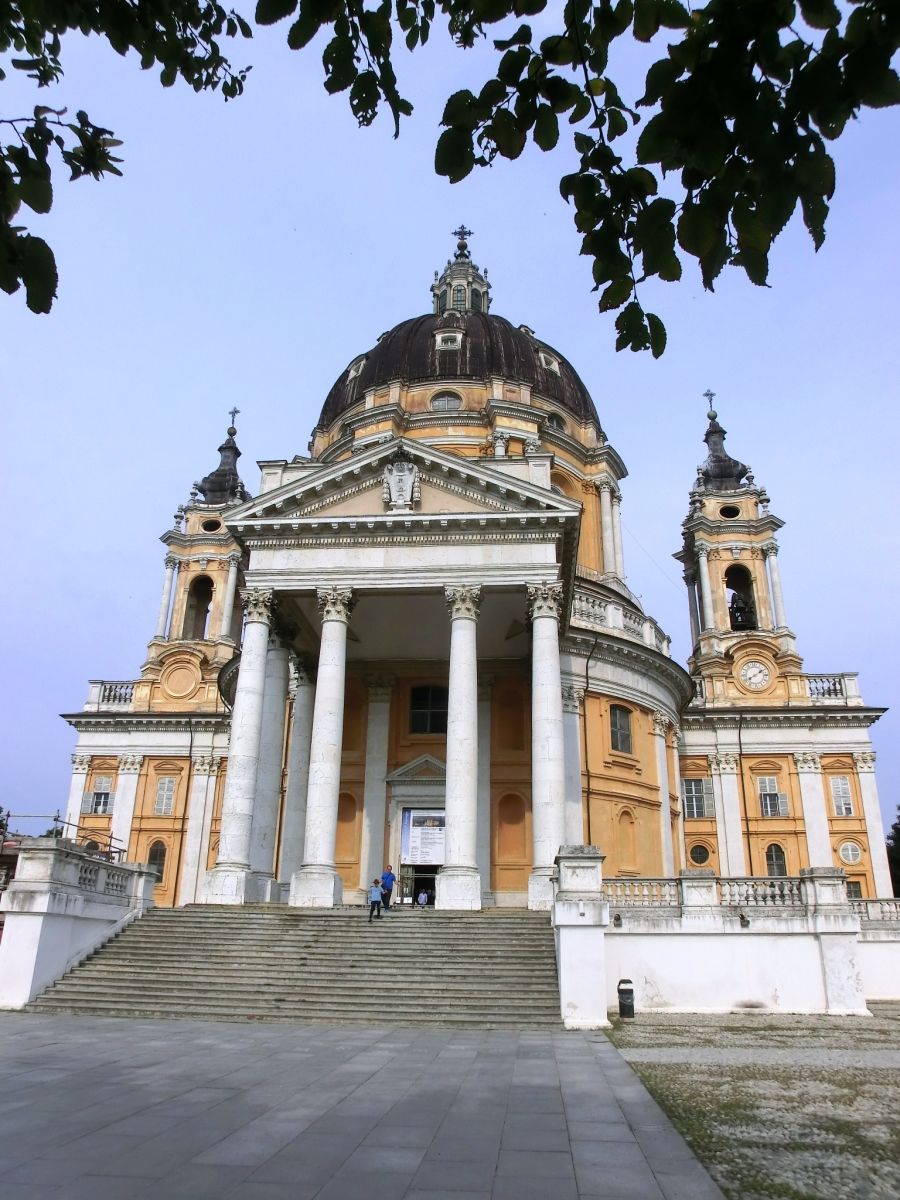
Basilica di Superga (Turin, 1731) Structurae
The tramway to reach the Superga Basilica is almost as impressive as the ecclesiastical building itself. After all, situated on the outskirts of Torino, this steep grade tramway was first installed in the 1880s. From then on, it was the most convenient way to reach the top of Superga, a mountainous hill which sits 672 metres above sea level.

Basilica di Superga, Turin, Italy Architecture, Basilica, Turin
Basilica di Superga a Torino: Uno dei punti più alti e panoramici della collina di Torino, il colle di Superga a 669 metri di altitudine, fu scelto dal Duca Vittorio Amedeo II di Savoia per farvi erigere una chiesa, affinché fosse visibile da tutta la città e fosse visivamente collegata e allineata, lungo l'asse della "Strada di Rivoli" (ora Corso Francia), con il Palazzo Reale di Torino e.